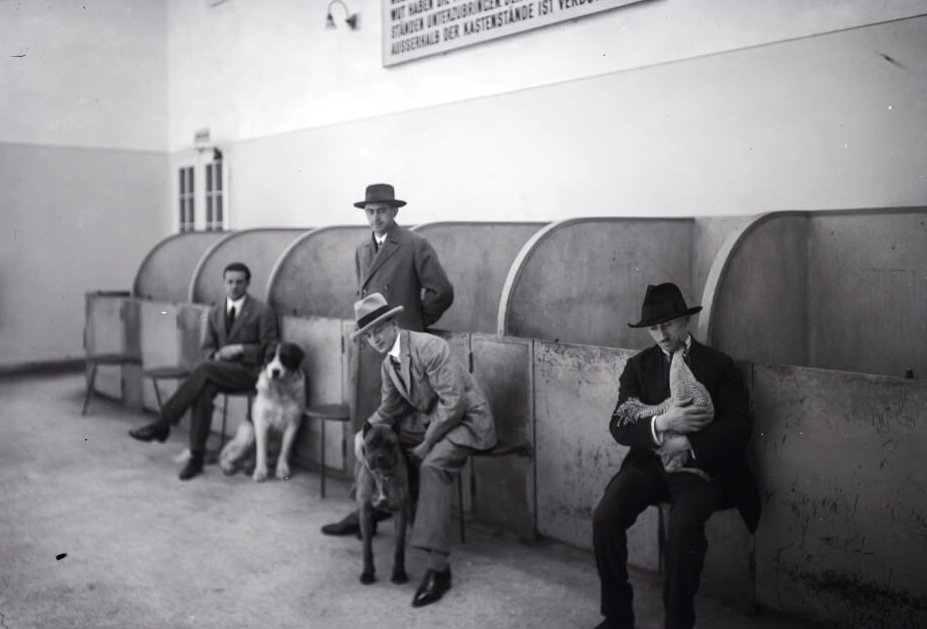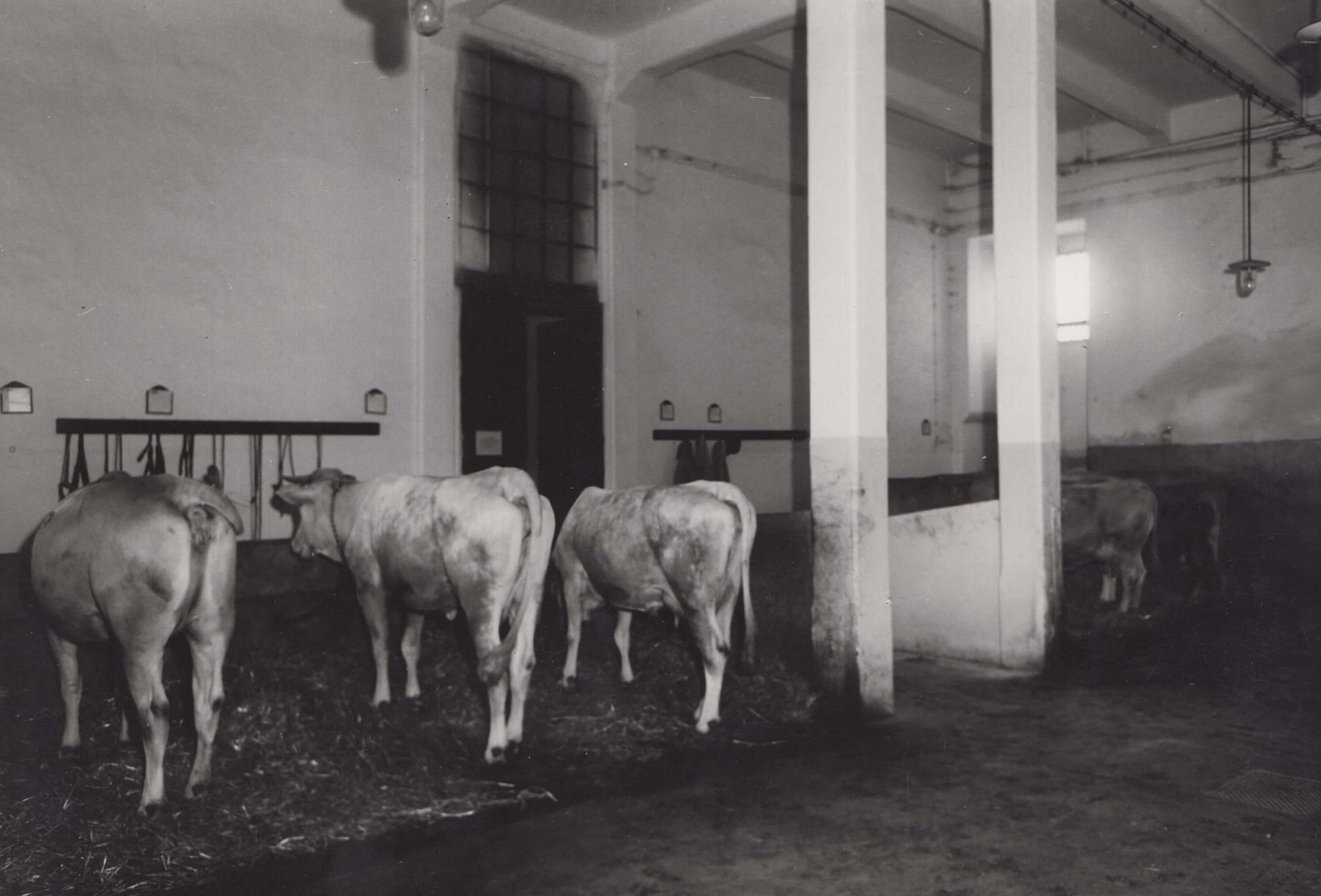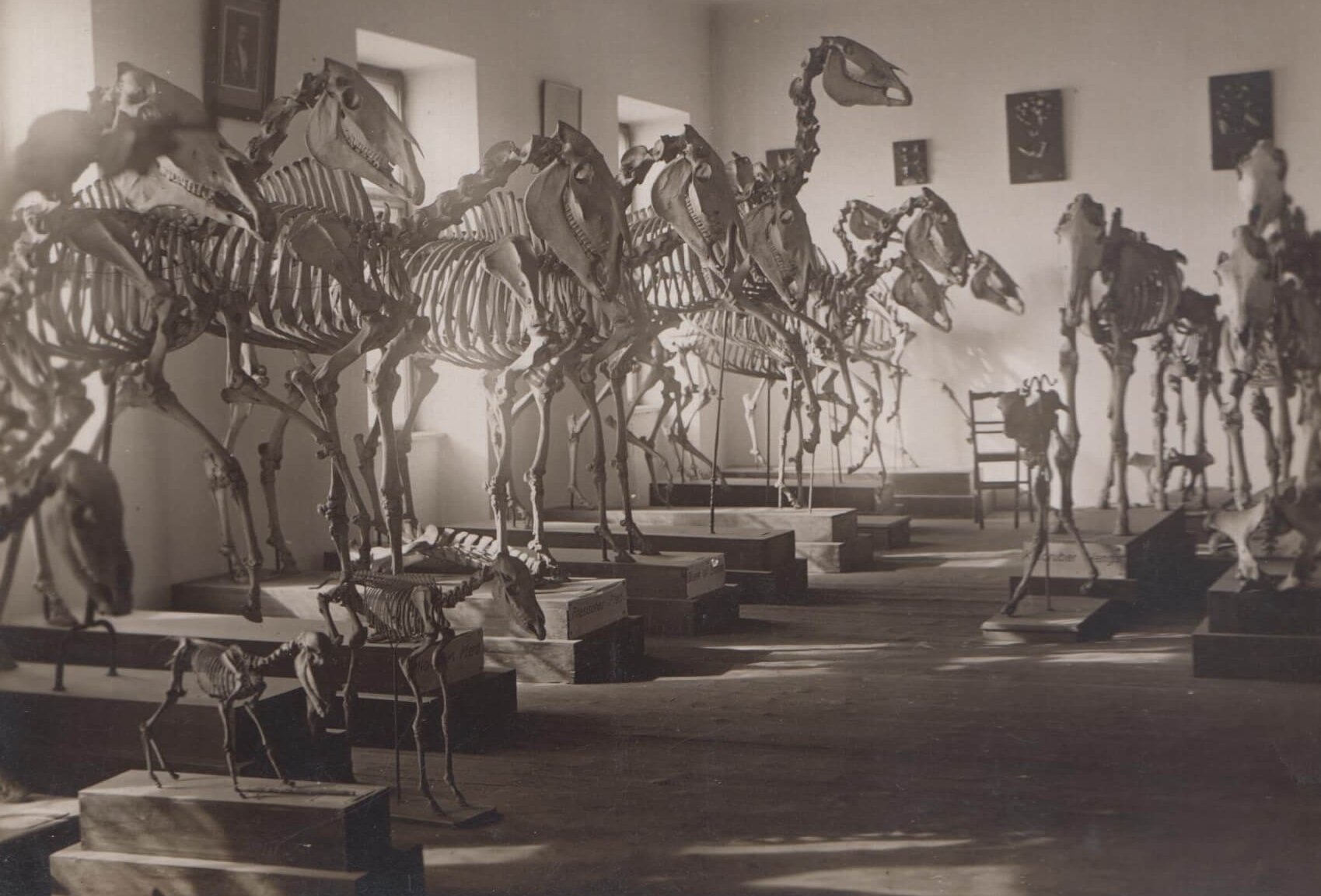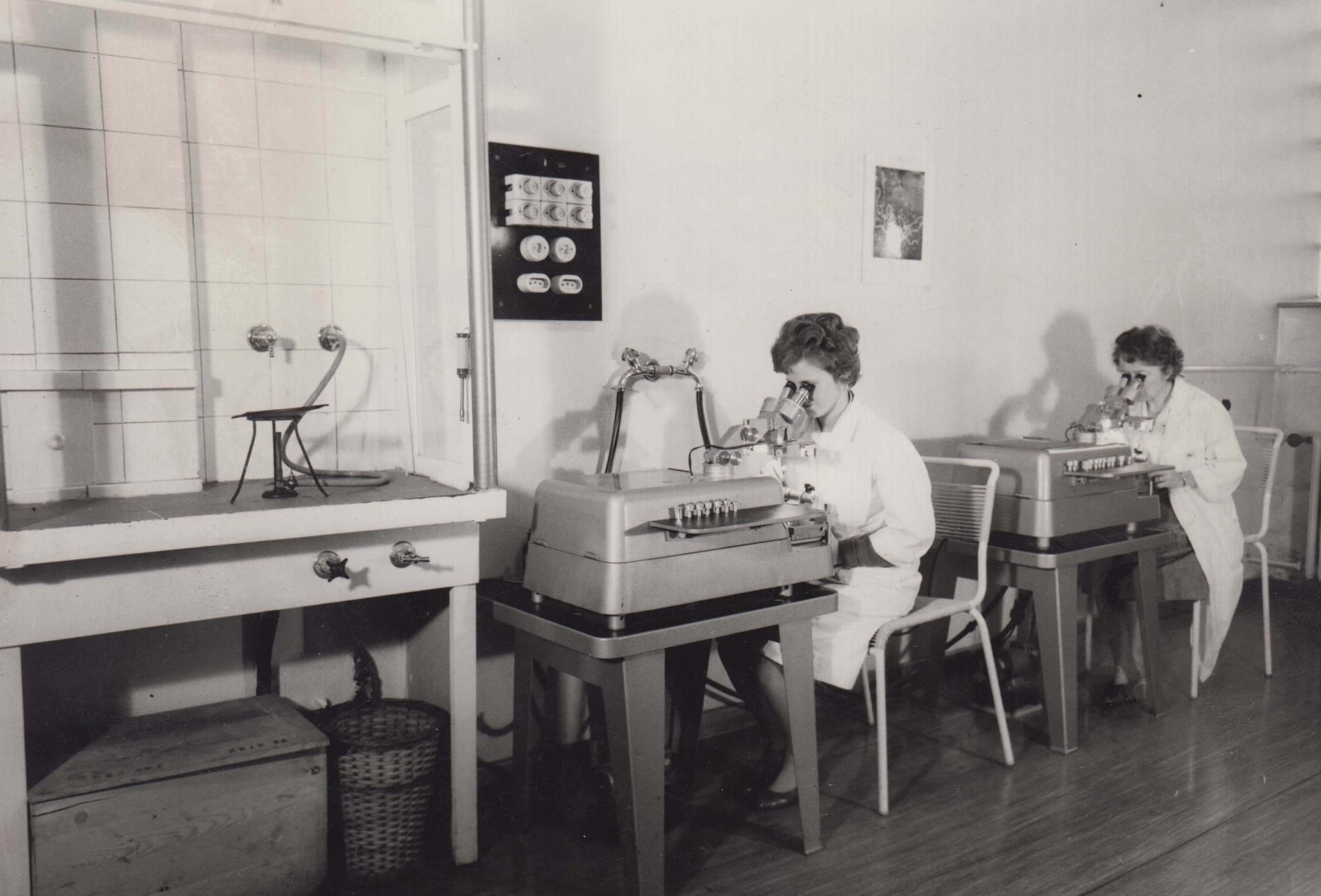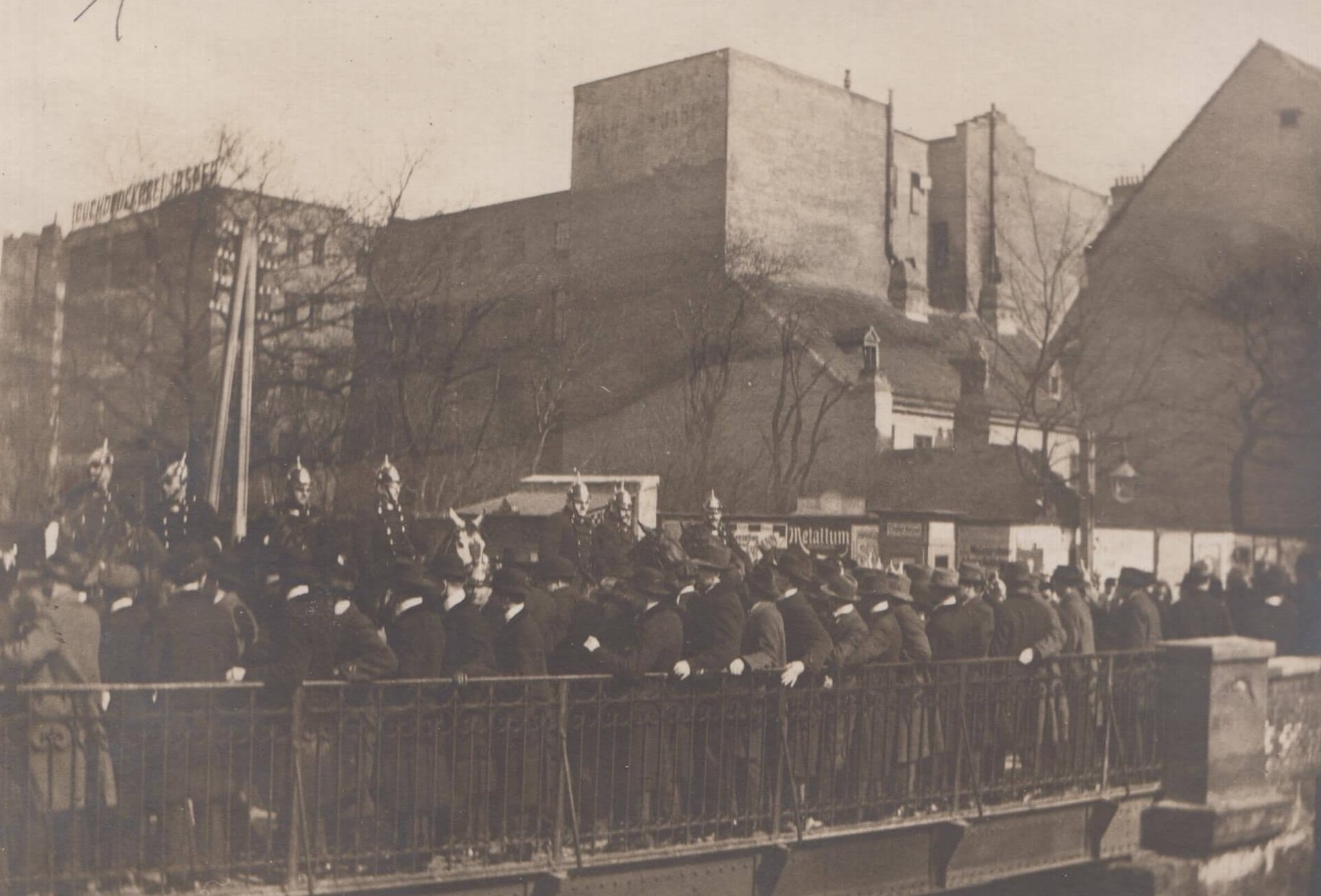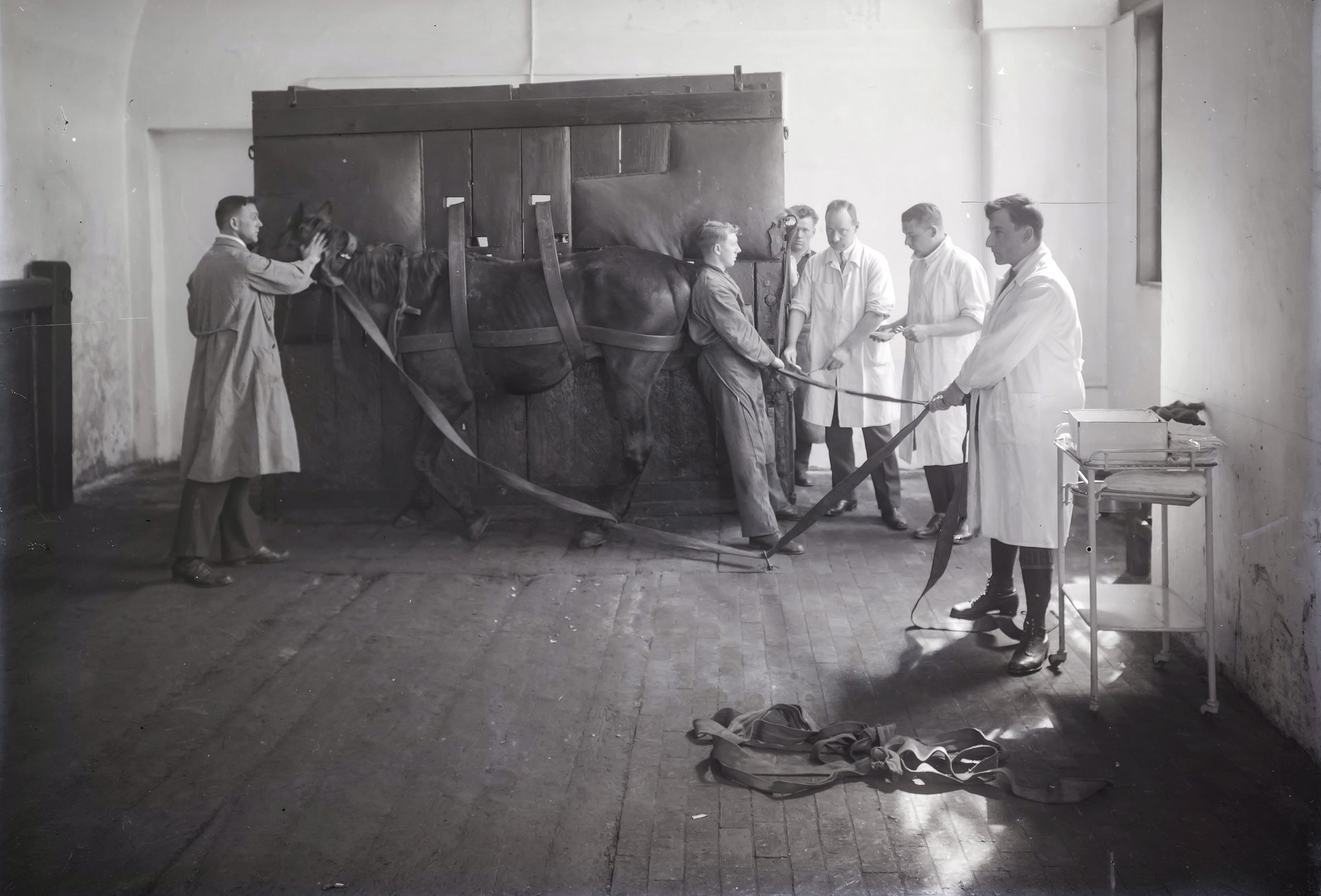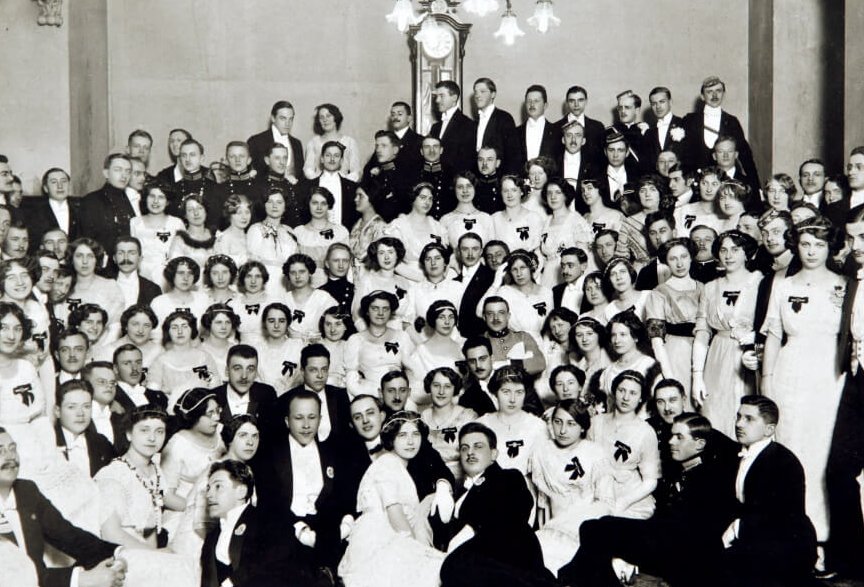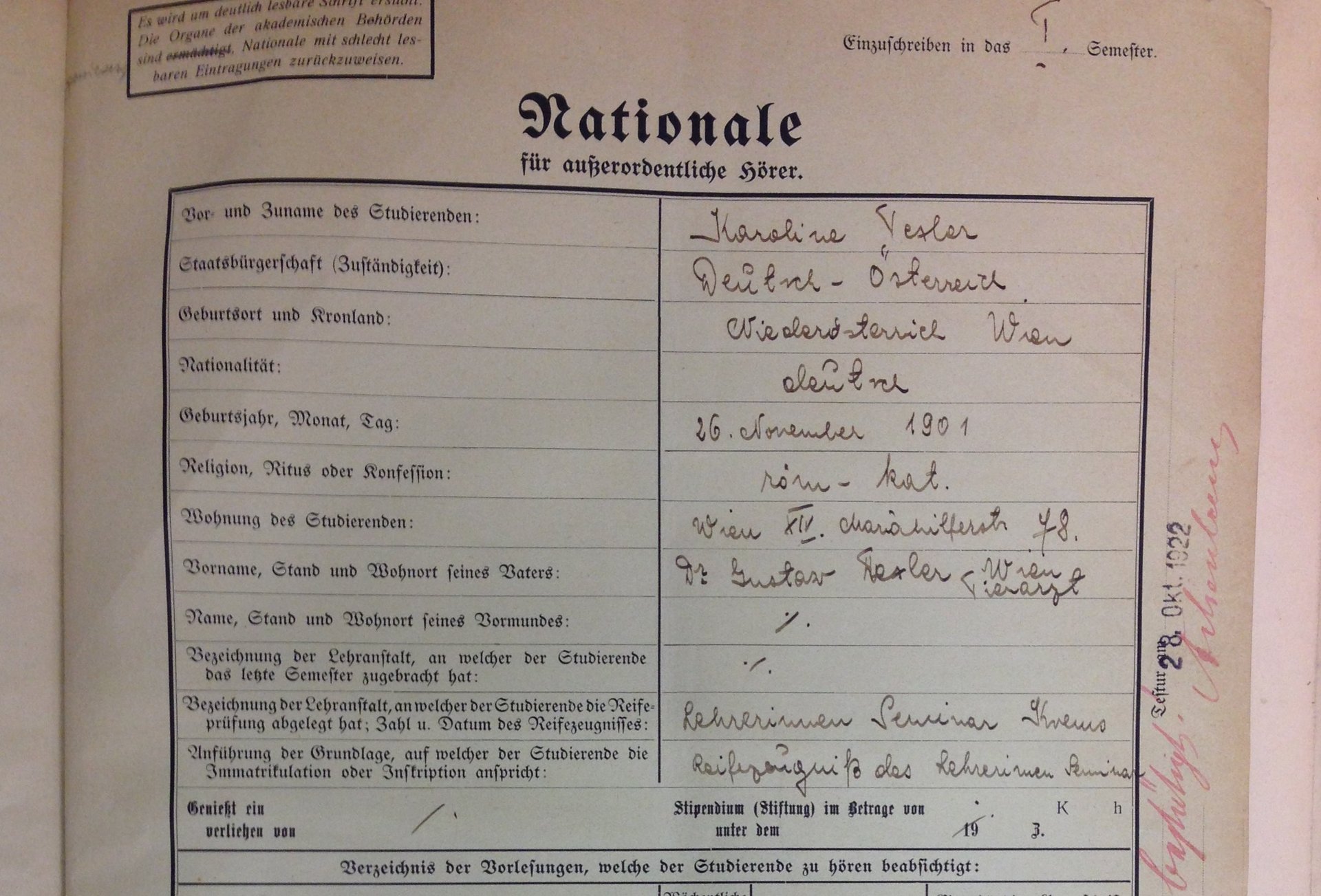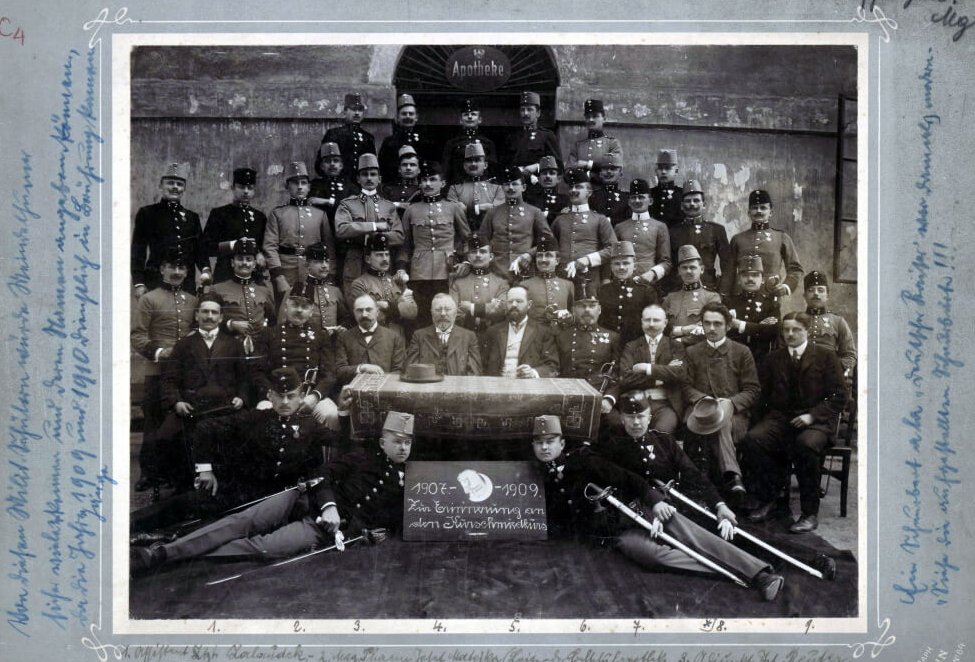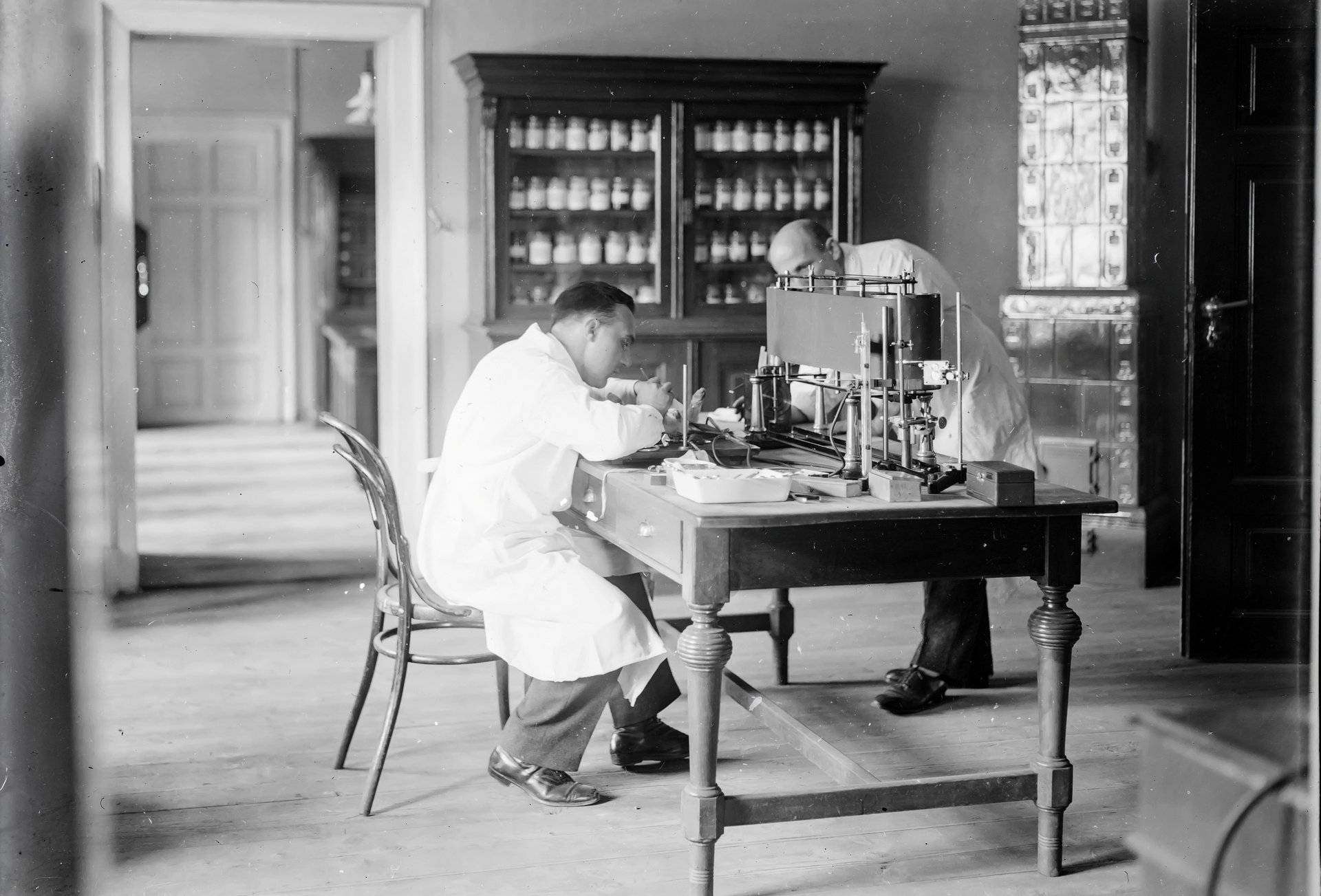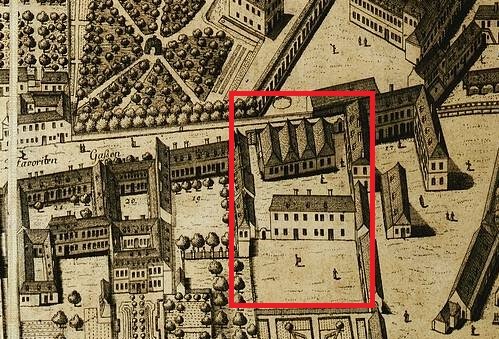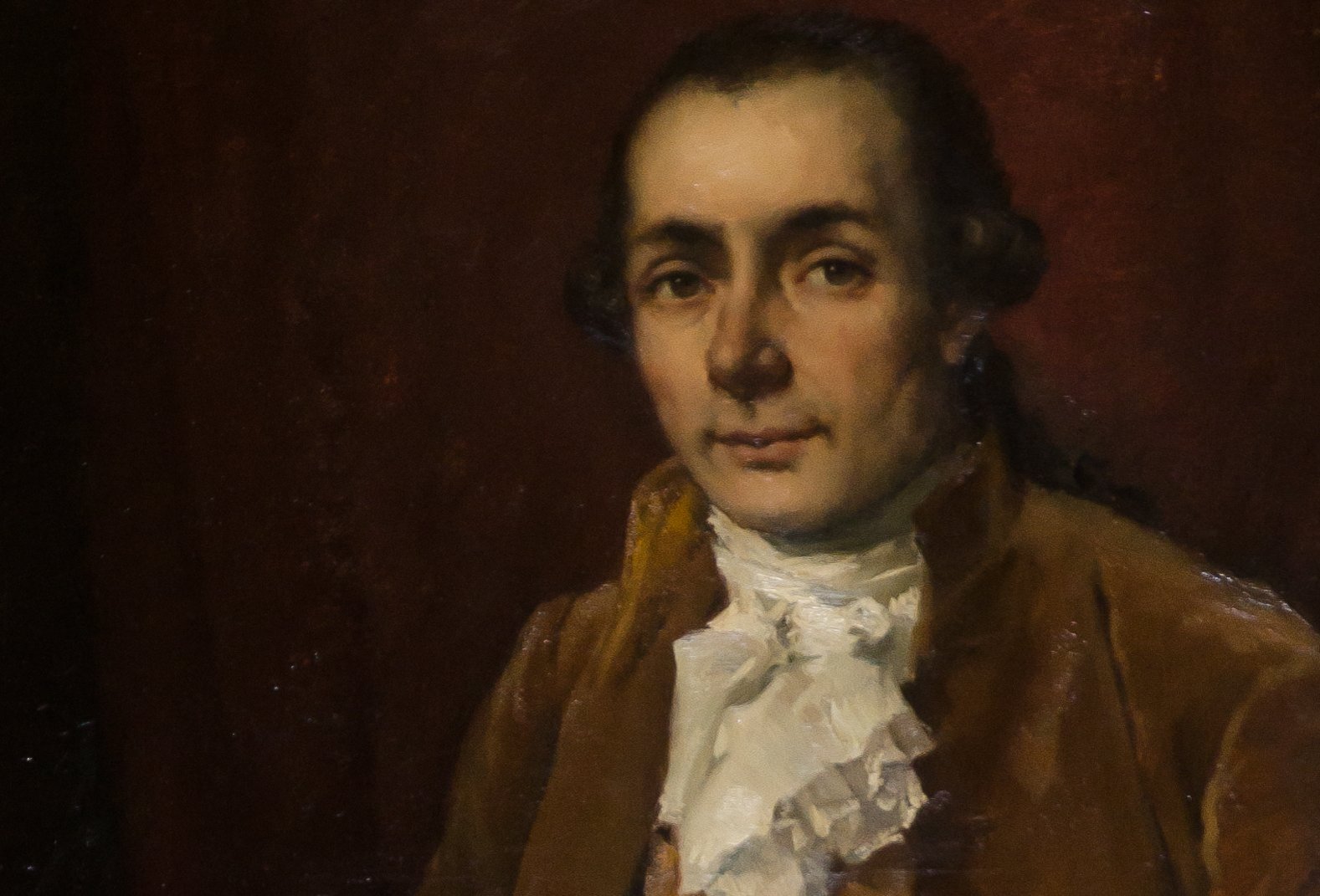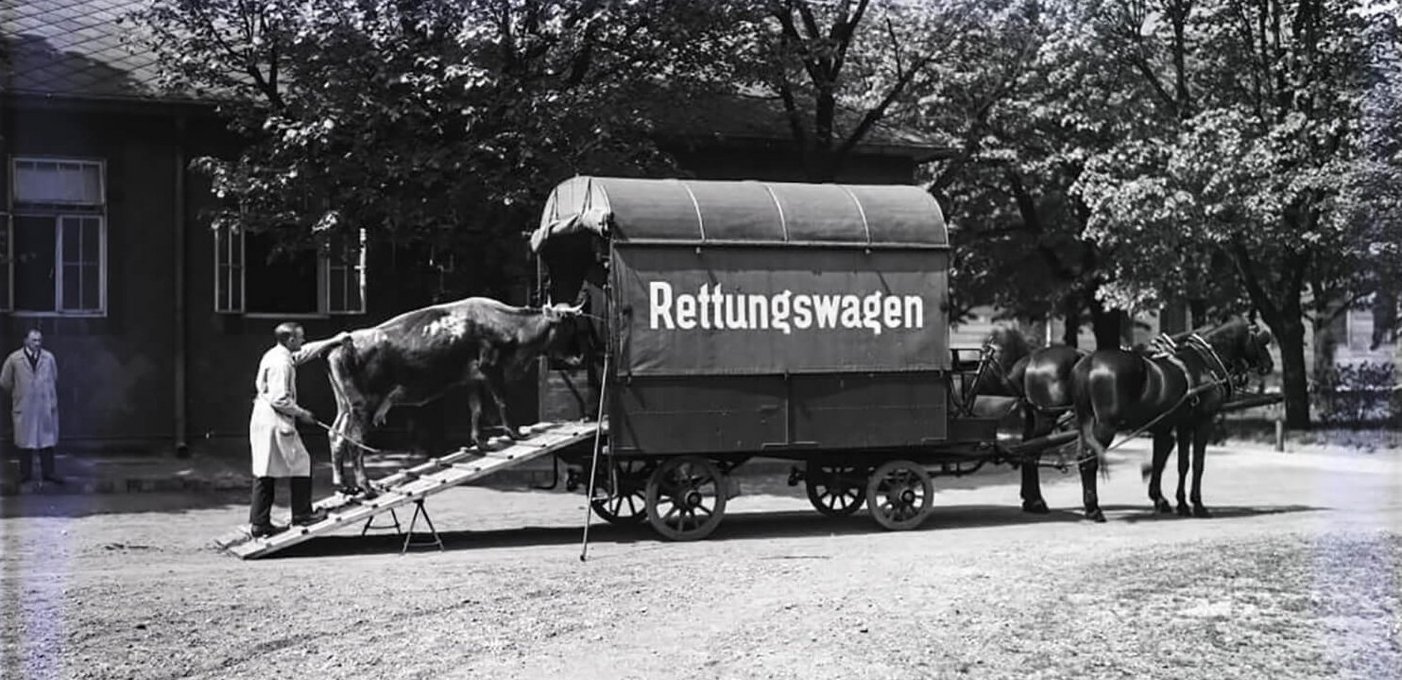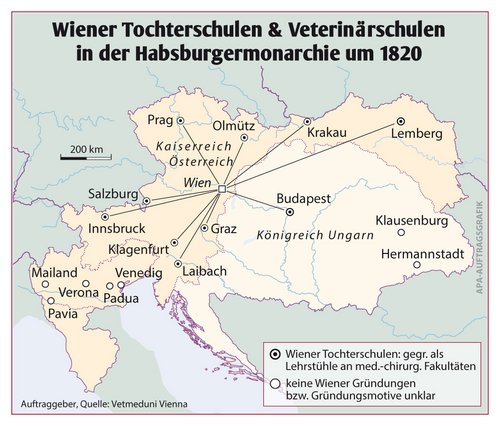- Home /
- University /
- Profile /
- History
Veterinary Medicine in Vienna: 250 Years of Assuming Responsibility and Making History
The history of the University of Veterinary Medicine, Vienna (henceforth: Vetmeduni Vienna) extends back into the mid-18th century to the reign of Empress Maria Theresia (1717-1780). On March 24, 1765, the monarch decreed the establishment of "a school providing instruction in healing diseases of livestock." Thus began the history of veterinary medicine in Vienna and the school teaching it there. Human medicine and the military decisively shaped scientific developments at this school, which set an example to be emulated by other schools of veterinary medicine in the Habsburg Monarchy and elsewhere in Europe.
The First School of Veterinary Medicine in German-speaking Europe
The Vetmeduni Vienna is the third-oldest institution of its kind worldwide. Following Lyon (constituent instrument, 1761; opening, 1762) and the school established in Alfort near Paris also in 1765, the Vienna facility was the first school of veterinary medicine in German-speaking Europe.
The founding of the Vetmeduni Vienna can be viewed as an integral step in the increasing institutionalization of veterinary medicine, since similar schools were also being set up at this time in other countries. As in France, the focus of veterinary medicine in Vienna was also initially on the horse. Instead of a school for livestock diseases, the institution actually founded first was the K.k. Pferde-Curen- und Operationsschule (Imperial Royal School for Horse Cures and Operations), a facility to train military farriers. It was not until 1775 and the establishment of a professorship in the field of livestock diseases at Vienna’s School of Medicine and Surgery that the focus slowly broadened to include livestock. It was the opening of the K.k. Thierspital (Imperial & Royal Animal Hospital) in 1776 that made possible comprehensive teaching about, research on and treatment of sick livestock and horses.
Veterinary Medicine in Vienna at the Nexus of Human Medicine and the Military
The early phase of veterinary medicine in Vienna was characterized by the interests of the military and the scientific influence of human medicine, and this tension and interplay remained operational for the next 150 years until the Habsburg Monarchy’s demise. For the military, healthy horses were essential. Accordingly, the K.k. Pferde-Curen- und Operationsschule exhibited the effects of the military’s influence, and was also headed by a military farrier, Ludwig Scotti (1728-1806).
At first, specialists in human medicine were also responsible for research on and treatment of livestock diseases. Thus, the professor of livestock diseases at Vienna’s School of Medicine and Surgery, Paul Adami (1739-1795 or 1814), was trained in human medicine. He traveled through the provinces of the Monarchy to examine sick livestock. Johann Gottlieb Wolstein (1738-1820), the founder of the K.k. Thierspital, had also studied human medicine and surgery before he received further training in the treatment of animals during a multiyear study trip through Europe.
The institutional history of veterinary medicine in Vienna remained closely associated with the history of the University of Vienna’s School of Medicine and Surgery until the mid-19th century. Indeed, Adami’s professorial chair was already eliminated in 1781; nevertheless, every one of the professors at the Wiener Tierarznei-Institut (Viennese Institute of Animal Medicine), the successor facility of the Tierspital, was a graduate of the school of human medicine. Finally, in 1812, the Tierarznei-Institut was incorporated into the School of Medicine and Surgery. Until the department was separated from this union in 1849, only practitioners who were already trained in human medicine and surgery—and military farriers—could study veterinary medicine. It was not until 1849 that civilians who had only graduated from normal school could study veterinary medicine.
This close association with human medicine fostered the medical and scientific development of veterinary medicine, so that the focus was not strictly on the interests of the military and the farriers, and thus on the medical treatment of horses. Nevertheless, despite the medical orientation of the Tierarznei-Institut, the military farriers remained one of the most influential groups of students at this facility. They were entitled to study veterinary medicine even if they could not even read and write, and, in contrast to their classmates who were already trained in human medicine, they were not required to pay either tuition or examination fees.
This state of affairs not only retarded the scientific development of veterinary medicine in Vienna; it also repeatedly led to demonstrations, some of them resulting in bloodshed. This problematic situation was not resolved once and for all until after World War I, when the Tierärztliche Hochschule (Veterinary University), as the institution was referred to beginning in 1896, was removed from the control of the Ministry of War and placed under the authority of the Federal Department of Education.
Vienna as a Prestigious Place to Study
Vienna attracted students from throughout Europe and all over the world—just as it does today. The Tierarznei-Institut, predecessor institution of the Vetmeduni Vienna, was likewise attended by many foreign students. In the 19th century, most of the student body came from the Habsburg Monarchy, the collapse of which in 1919 created a difficult situation for many students. Residents of the former Hapsburg territories were suddenly citizens of newly-founded states, which meant that it was no longer a simple matter for them to be admitted to Viennese universities, whereas enrollment here had been no problem just a few months before.
Women were admitted to the Tierärztliche Hochschule beginning in 1919. Interestingly, the first co-eds were neither from Vienna nor Austria. The first female student came from Eastern Galicia (today, Western Ukraine); she attended the school for one semester in 1921 and then dropped out. The next co-eds came from Bulgaria and also left without a degree. It was not until 1939 that the first woman completed her studies.
Vienna has long been known for the colorful diversity of student life here. The school of veterinary medicine was located in Vienna’s 3rd Municipal District since 1777, since 1823 on Linke Bahngasse. The civilian students receiving training as master farriers lived around this location. Of course, the military farriers’ quarters were in the local army barracks. The students of human medicine lived near their main place of instruction, Vienna’s School of Medicine and Surgery and the General Hospital in the 9th Municipal District.
A Unique University Engaged in Teaching and Research
Today, the Vetmeduni Vienna is the only specialized university in its field in Austria and the only Austrian educational institution offering instruction in veterinary medicine. It provides world-class training to future veterinarians and conducts advanced research on behalf of the health of animals and humans—in an interdisciplinary and international context.
The Vetmeduni Vienna is one of Europe’s foremost universities engaged in teaching and research in the field of veterinary medicine, a claim regularly confirmed by evaluations performed by the European Association of Establishments for Veterinary Education (EAEVE).
In 1777 when this facility was established in the 3rd District, Landstraße was still a suburban “buffer zone” between the city and the country. Merchants and farmers passed through this neighborhood on their way to and from Vienna’s markets. Locating the animal hospital there was meant to give both city dwellers and peasant farmers a convenient place to obtain treatment for their sick animals. But by 1918, Landstraße had long since lost its village character; it was a highly urbanized Viennese neighborhood. And by then, there was already talk of moving to a new location. Nevertheless, for almost 70 years, this never progressed beyond the discussion stage. It was not until 1990 that a new location was found in the 21st Municipal District, to which the Vetmeduni Vienna relocated in 1996.
